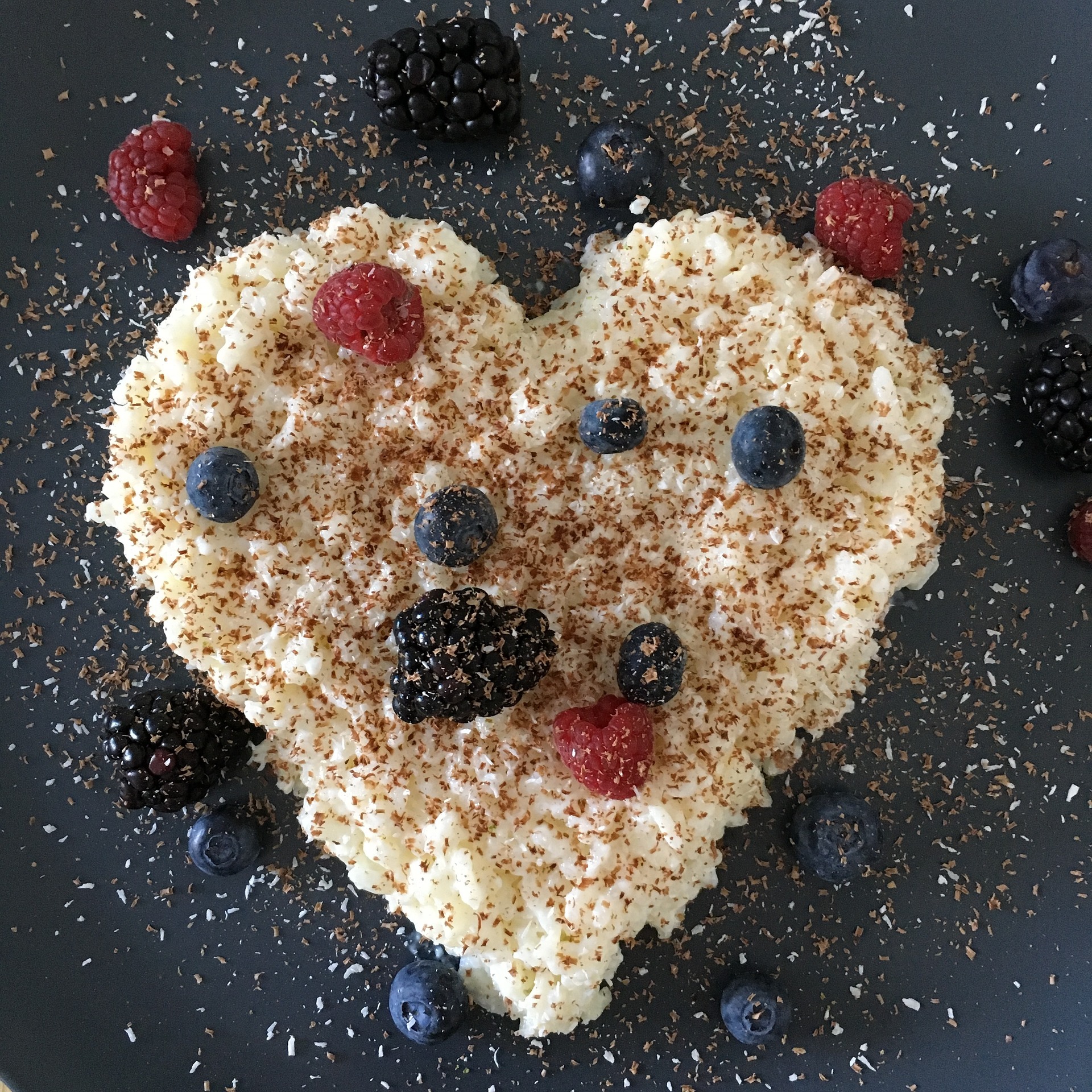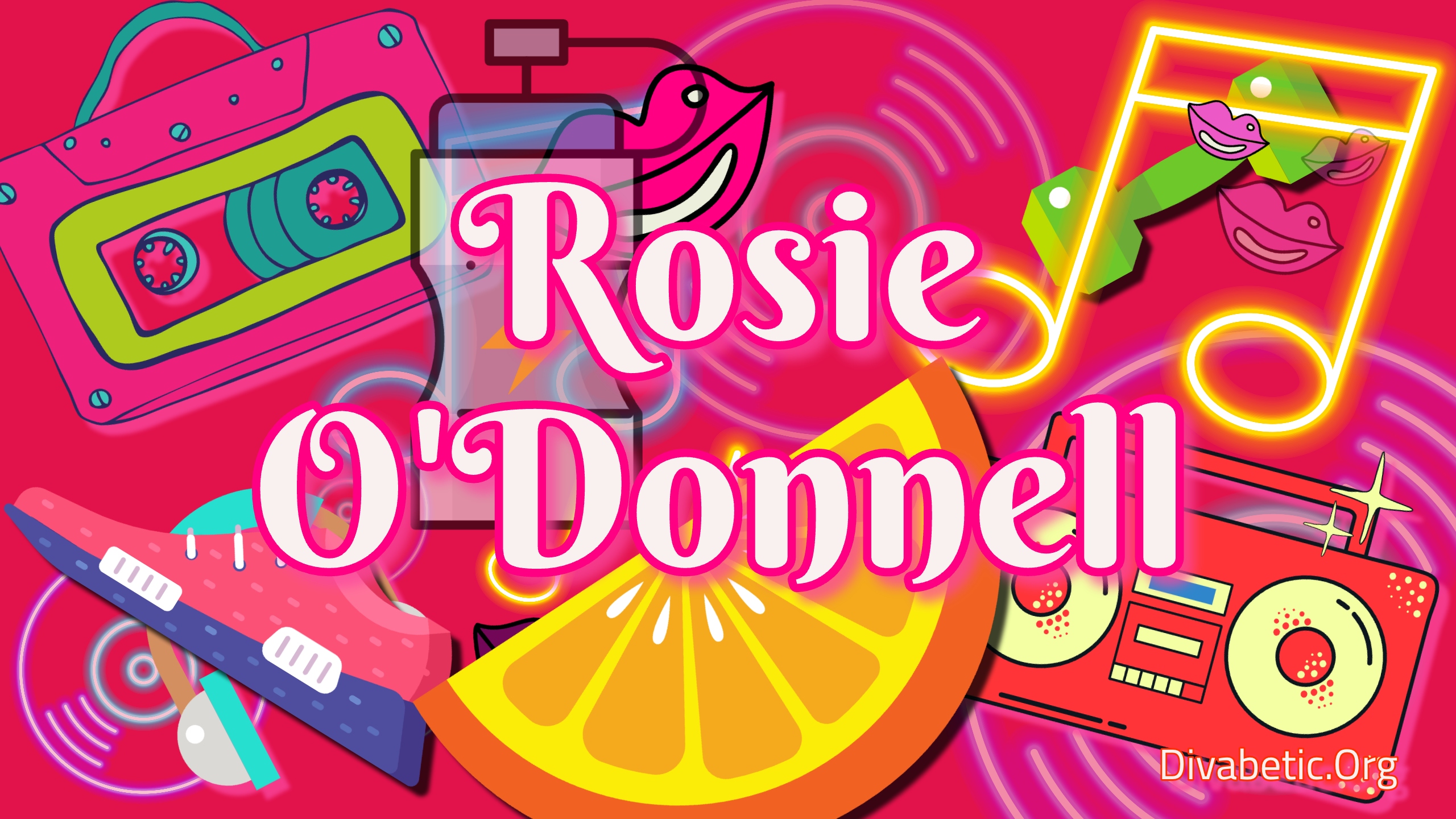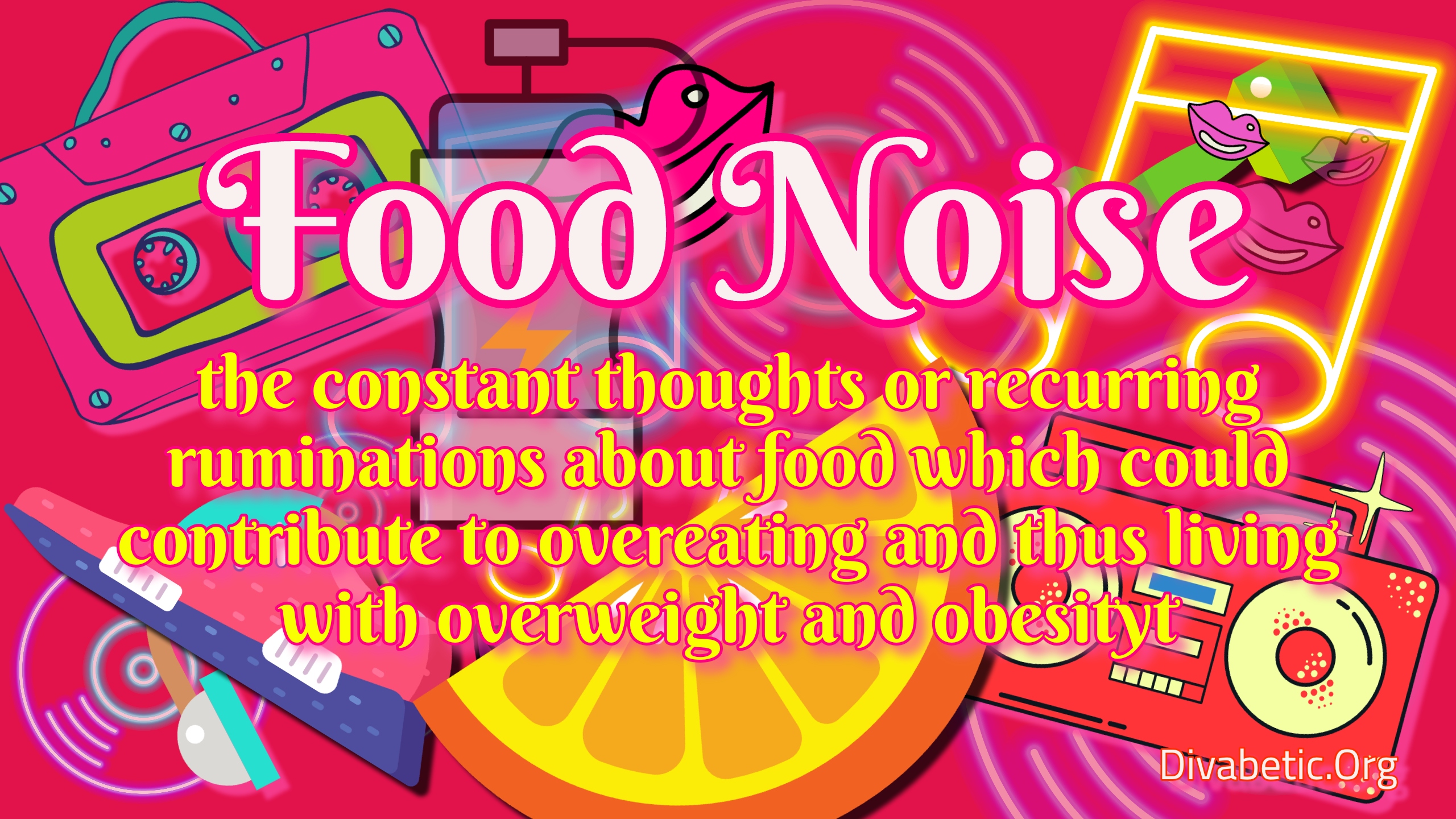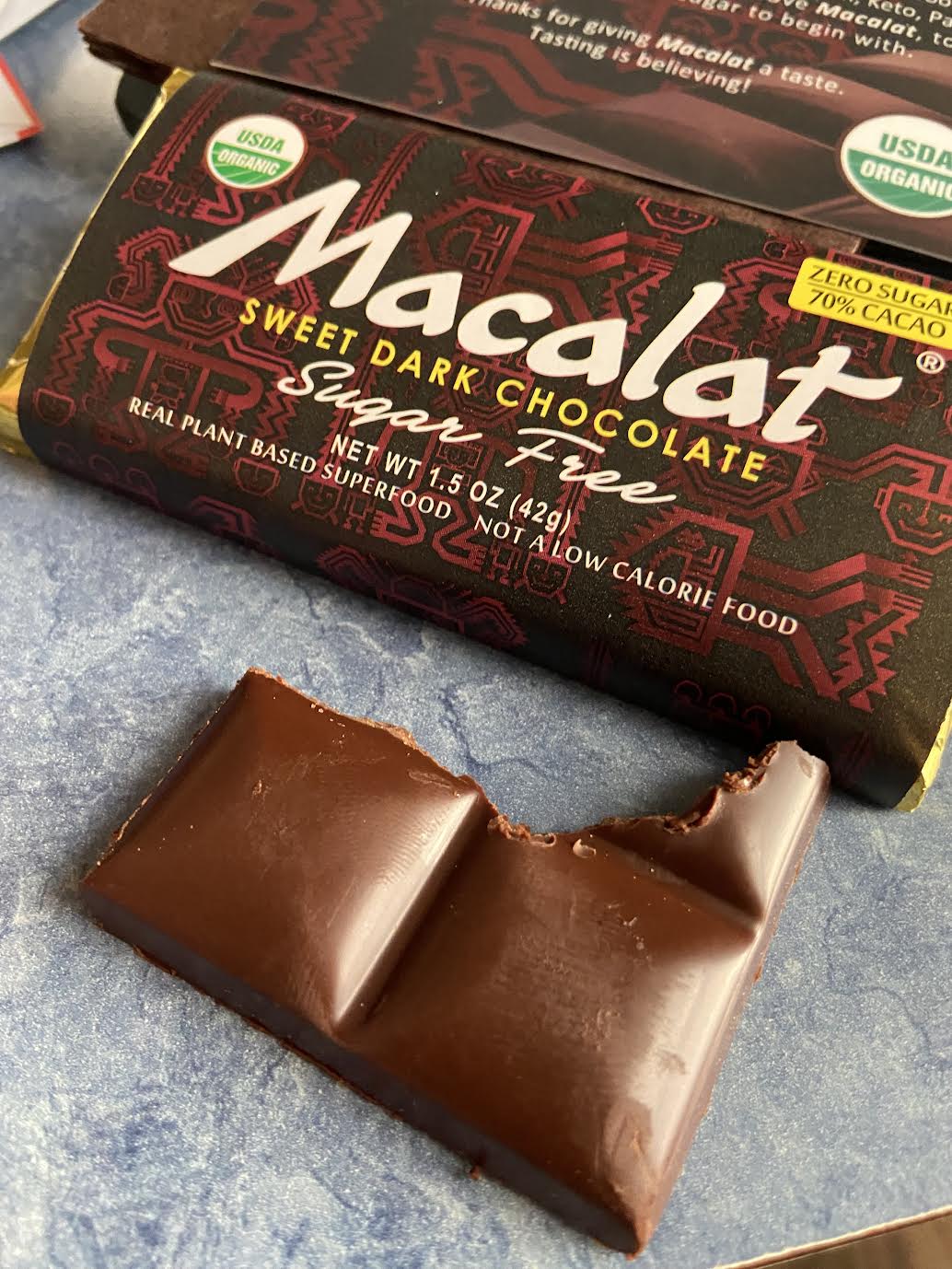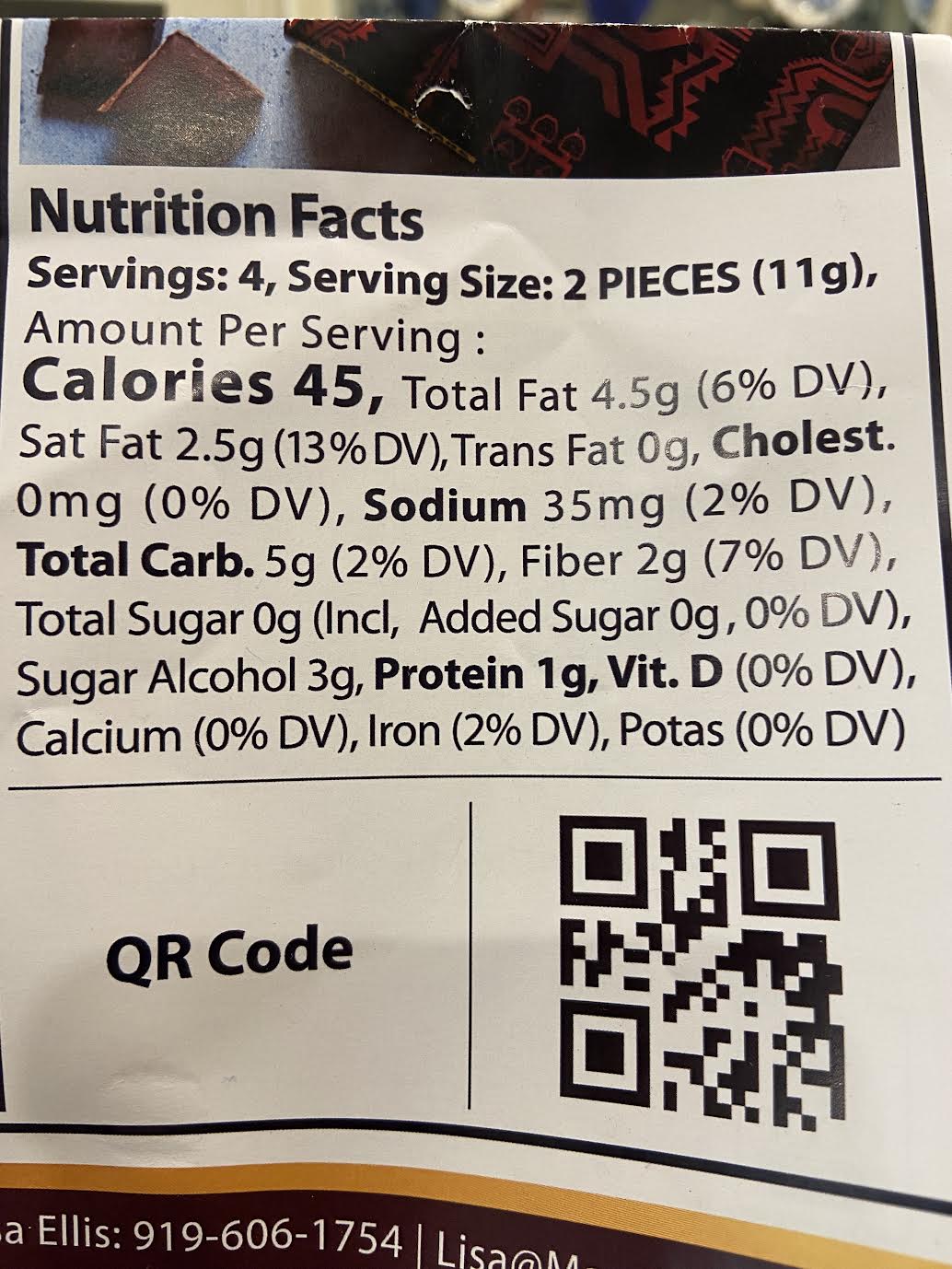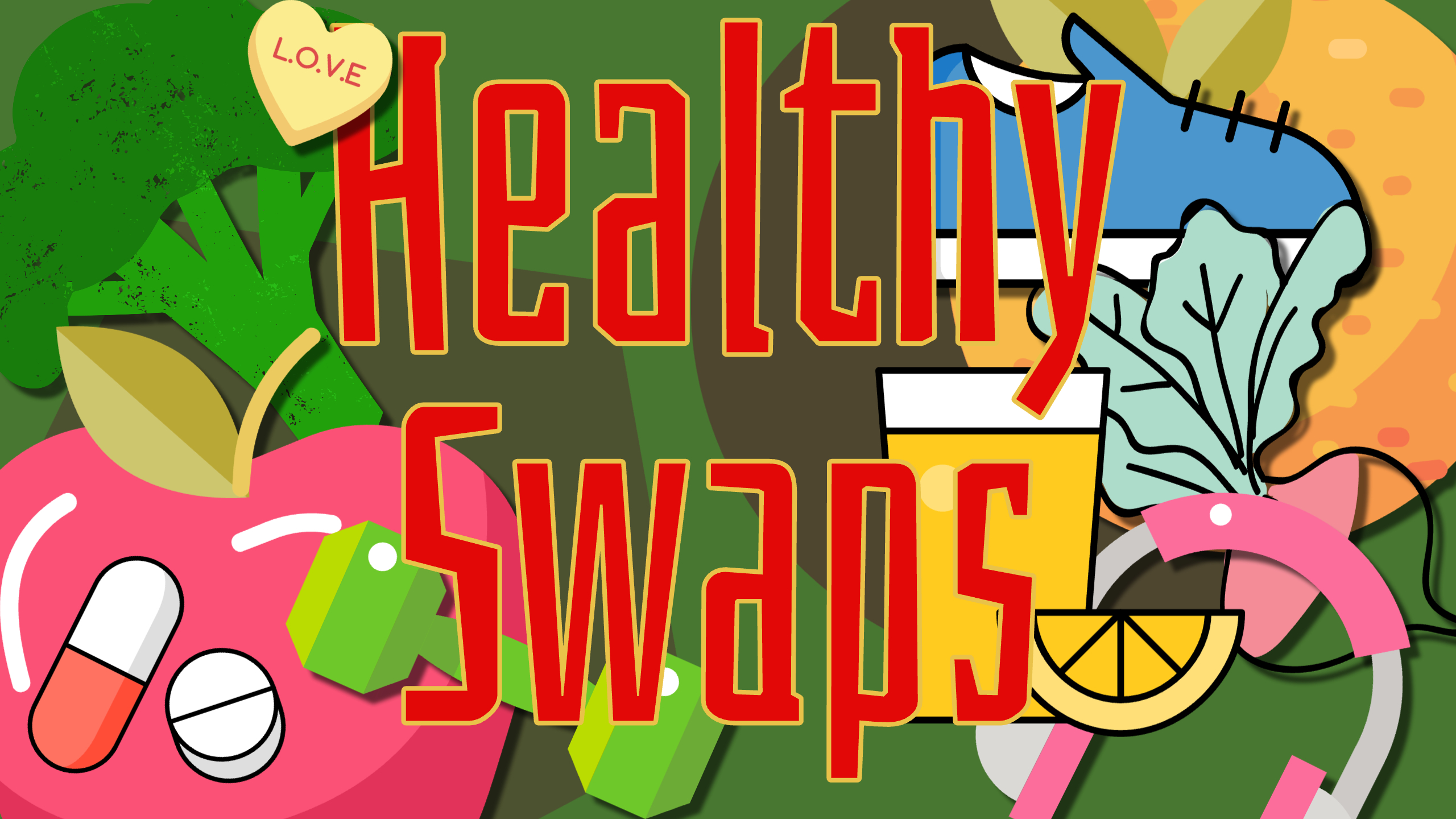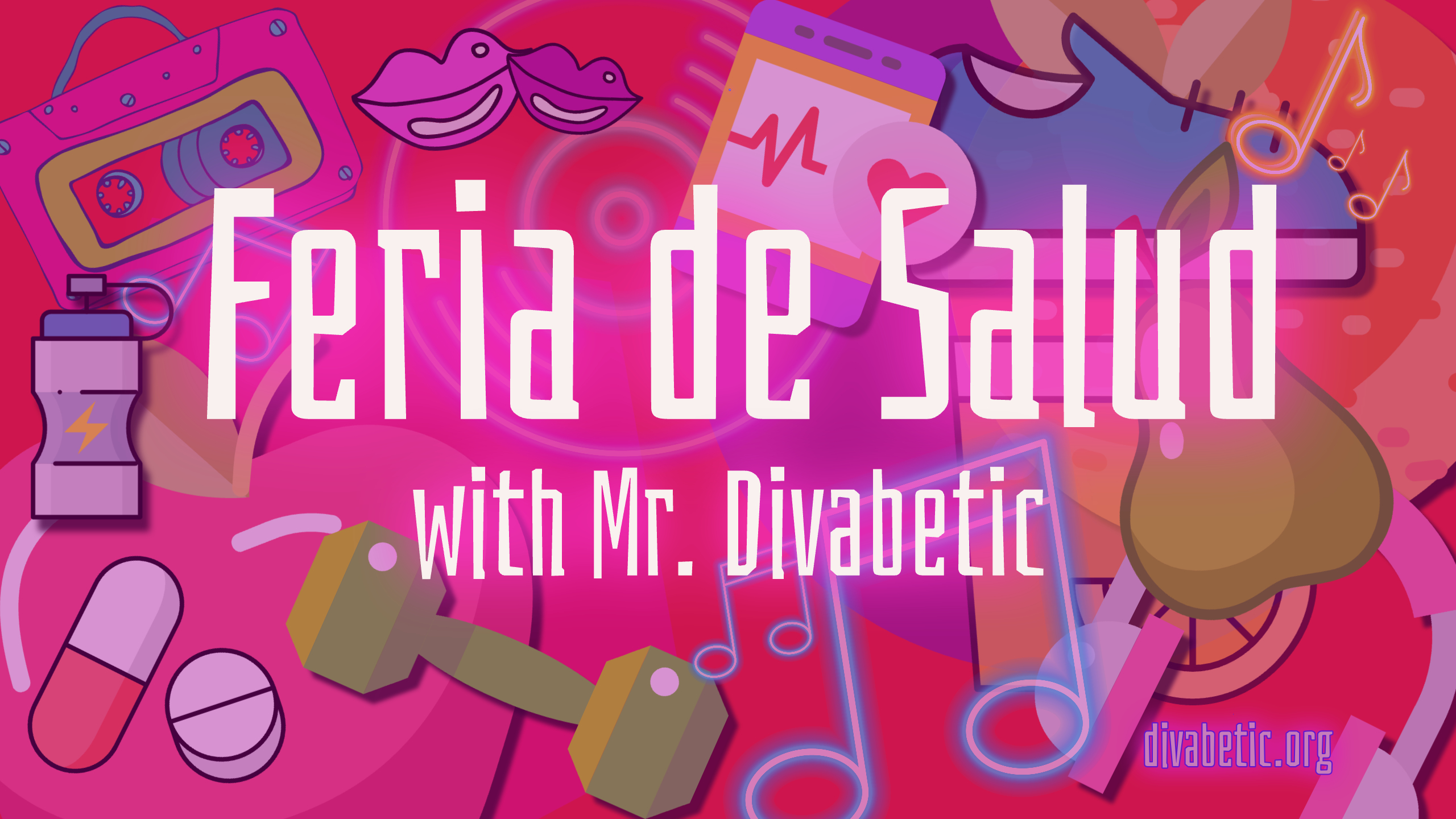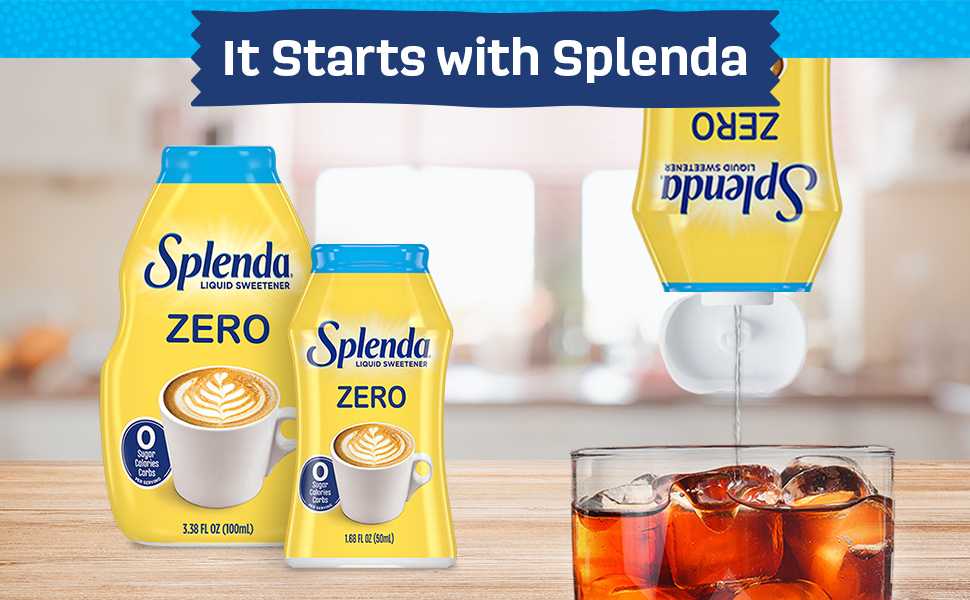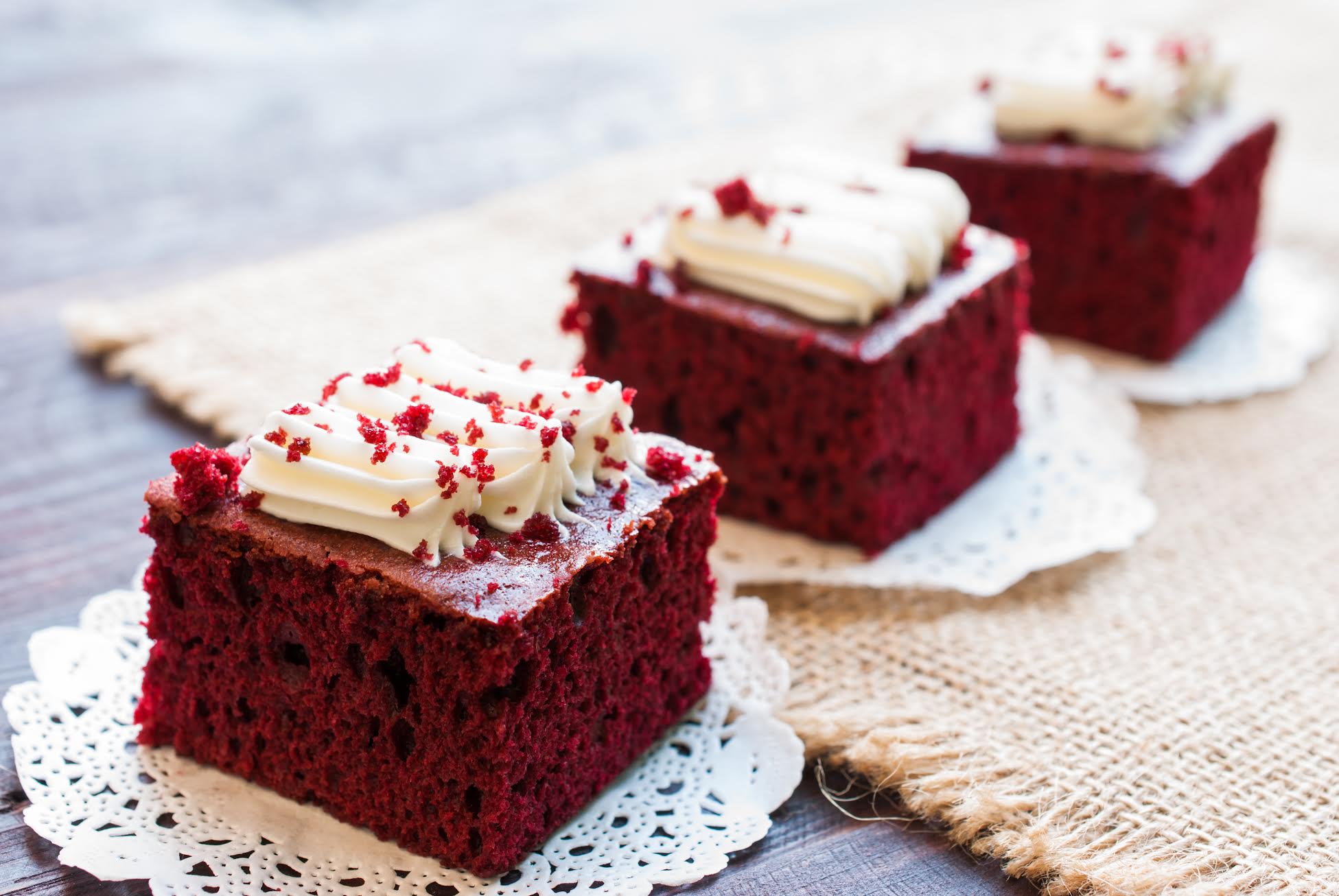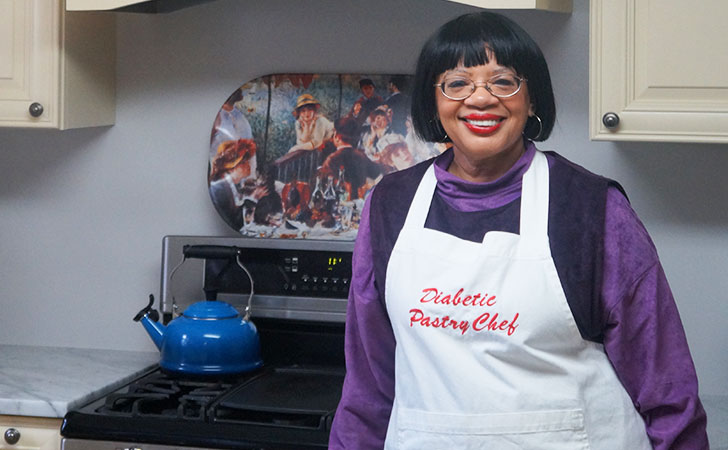Over the past 20 years of Divabetic outreach, I have had the good fortune to meet so many sensational women. One of my favorite collaborators was Cookbook Author Holly Clegg. Holly was a guest on several Divabetic podcasts and regularly contributed recipes to our Divabetic Holiday Entertaining guides. She was kind, gracious, and enthusiastic about our Divabetic outreach programming.
Sadly, Holly passed away from a long battle with cancer in 2019. She had been diagnosed with stomach cancer in August 2018. She was 64.
The best-selling cookbook author entered hospice care in June after her team of doctors at MD Anderson Cancer Center in Houston advised against continued treatment.
During her cancer fight, Holly used her high profile to educate others on gastric cancers and, with her family, created the Holly Clegg Gastric Cancer Research Fund at MD Anderson to raise awareness of gastric cancers.
Her highly successful “trim & TERRIFIC” and “Eating Well” cookbook series have sold over 1.5 million copies.
She worked with experts at the Pennington Biomedical Research Center, the American Heart Association, and the American Diabetes Association, writing as part of the series books on “Diabetic Cooking” and “Eating Well to Fight Arthritis.”
Approaching menopause, Holly enlisted friends to help test facial products made with everyday food. The winners are included in her “trim & TERRIFIC: Too Hot in the Kitchen” cookbook. It also had some “spicy advice” showcasing Holly’s infectious humor.
I smiled when I came across one of Holly’s recipes the other day. Below is one of Holly’s popular recipes she shared with us over the years.
Berry Parfait Recipe by Cookbook Author Holly Clegg
Light and delightful, strawberries or your favorite berries layered with a luscious cream cheese layer and ladyfingers.
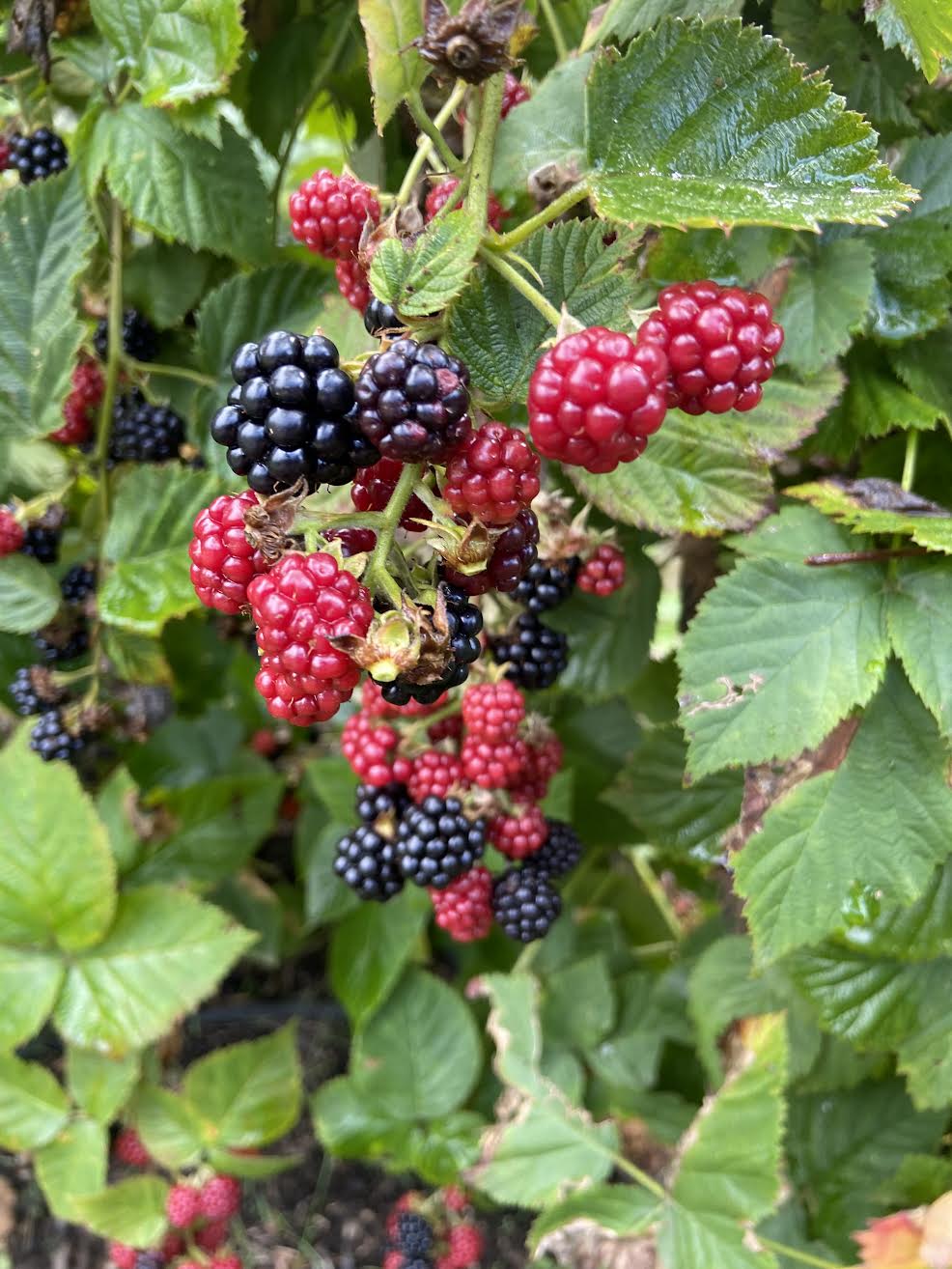
Ingredients
2/3 cup seedless sugar-free raspberry preserves
1/4 cup orange juice
6 ounces reduced-fat cream cheese
1/4 cup sugar
1 teaspoon vanilla extract
1 (8-ounce) container of fat-free whipped topping, thawed, divided
2 (3-ounce) packages of ladyfingers, split in half (24)
1 1/2 cups strawberries, stemmed and sliced
Directions
1. In a small bowl, mix preserves and orange juice.
2. In a mixing bowl, cream together cream cheese, sugar, and vanilla until light. Mix in whipped topping, reserving 1/2 cup for topping.
3. Line the bottom of an oblong small dish with split ladyfingers. Layer with preserves mixture, cream cheese layer, and top with strawberries. Repeat layers with remaining ladyfingers, preserves, and cream cheese layer.
4. Carefully top with a thin layer of remaining whipped topping. Top with remaining strawberries. Cover and refrigerate for several hours or overnight.
Makes 16 (1/2-cup) servings
Nutritional information per serving: Calories 128, Calories from fat (%) 24, Fat (g) 3, Saturated Fat (g) 1, Cholesterol (mg) 9, Sodium (mg) 79, Carbohydrate (g) 23, Dietary Fiber (g) 1, Sugars (g) 11, Protein (g) 2, Diabetic Exchanges: 1 1/2 carbohydrate, 1/2 fat
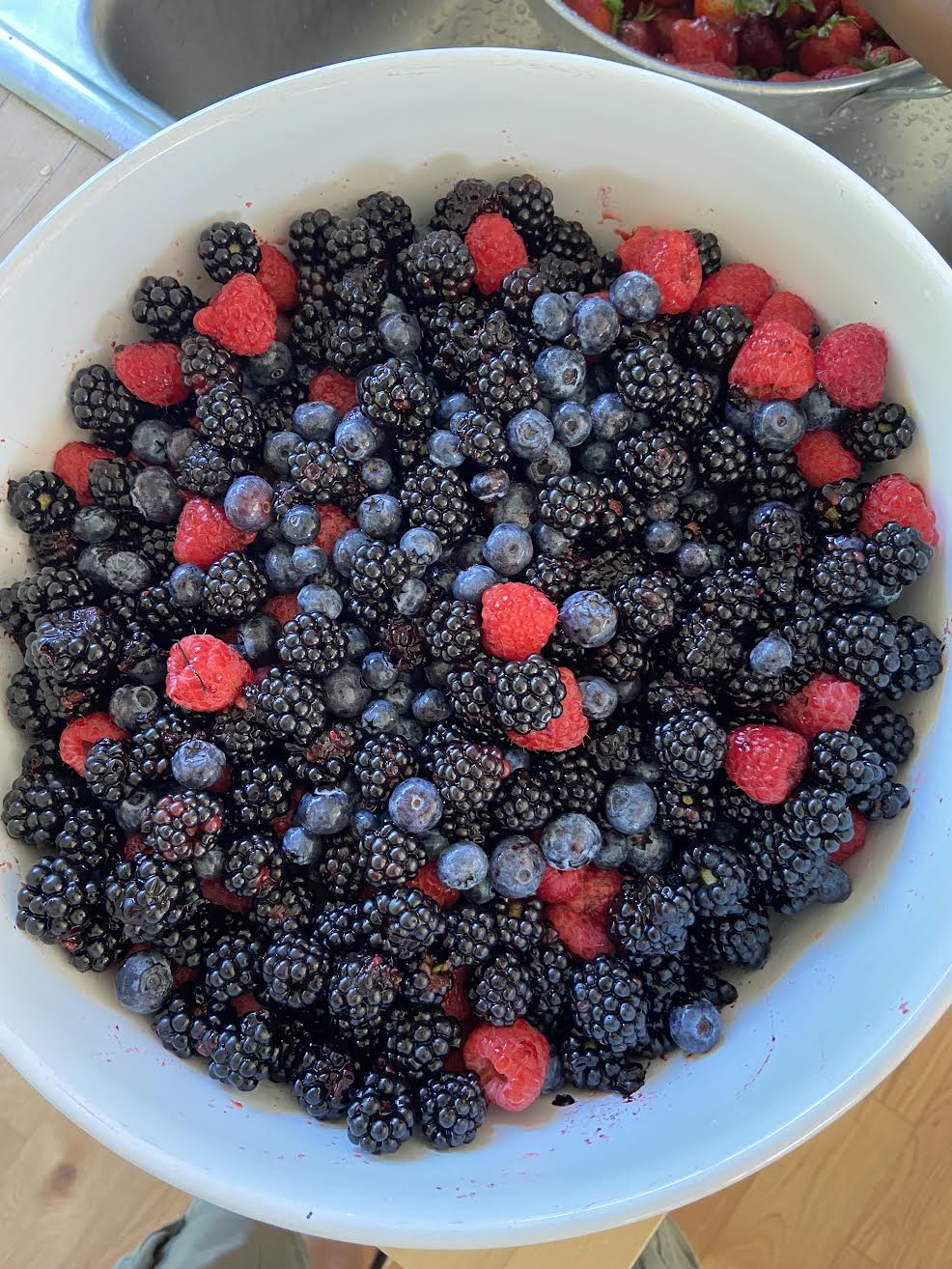
Holly’s Tip: Use raspberries so you don’t have to cut the strawberries. This recipe works well in individual servings. Holly used to cut this parfait into fourths, so you have extra the next day and make four.
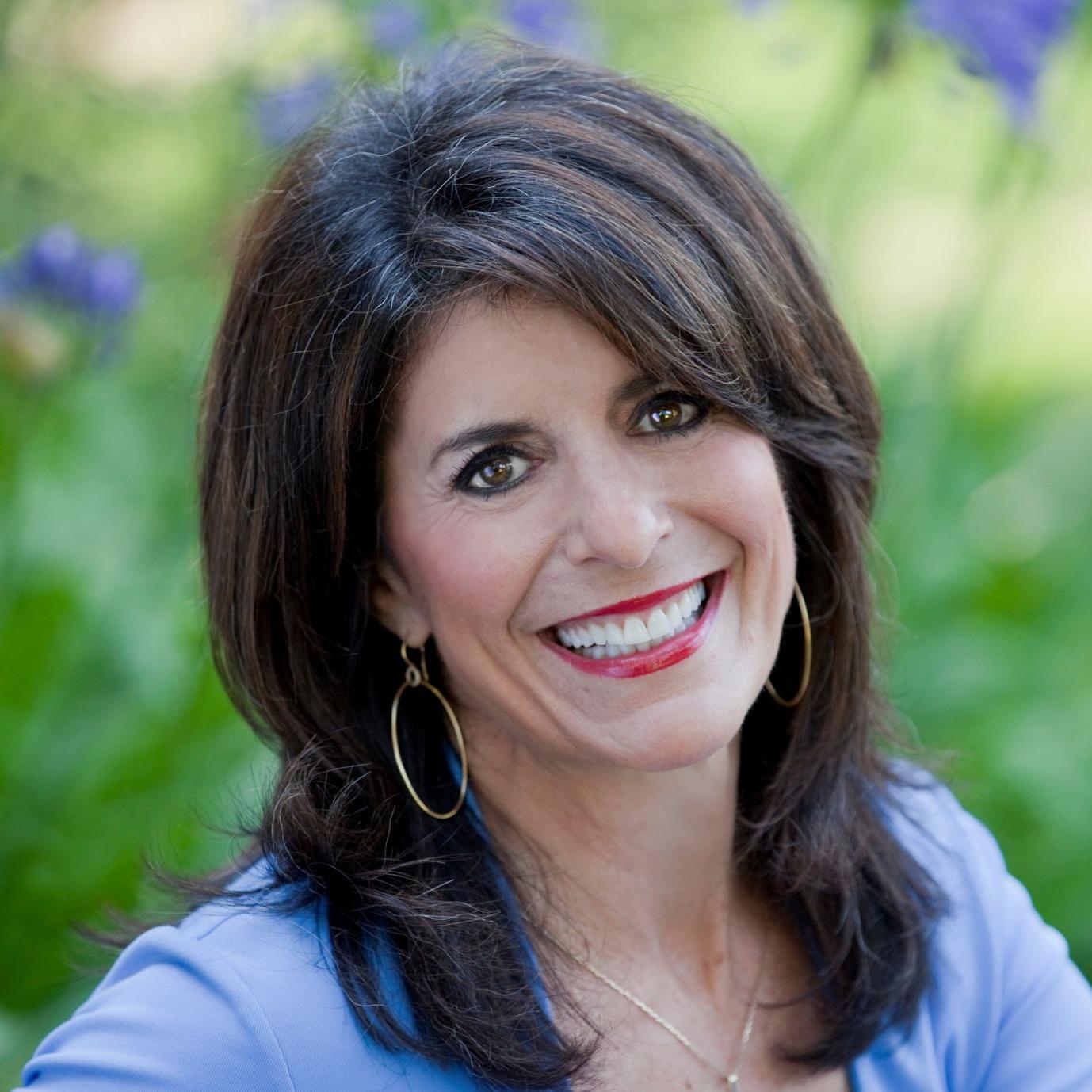
Mr. Divabetic shines the spotlight on author and chef Holly Clegg, in this half-hour special edition of Divabetic’s podcast. This fun-filled food frenzy will feature expert advice on quick, flavorful and healthy eating from Holly’s latest book, Too Hot in the Kitchen: Secrets to Sizzle at Any Age. In addition to this women’s lifestyle cookbook, Holly has authored many others, including Holly Clegg’s Trim & Terrific Diabetic Cooking. With nearly 1 million books sold, Holly reigns supreme when it comes to helping today’s busy person cook fast meals and fit into an overall healthy lifestyle. Known as the “Queen of Quick,” Holly’s recipes are time, user and pantry-friendly. As a mother, wife, and published cookbook author, Holly appreciates the ability to create a tasty dish that is both convenient and healthy.
Cookbook Author Holly Clegg shares ways to ‘SPICE UP’ your meal plan with musical inspiration from the “Queen of Salsa,” Celia Cruz.
Celia Cruz was one of the most accomplished singers of the 20th century. She was known for her powerful voice and her rhythm-centric musical style. Hailing from humble beginnings in the poor neighborhood of Santos Suarez in Havana, Cuba, her mother knew immediately that she was destined to be a singer.
Celia Cruz’s husband was a former lead trumpet player for Cuba’s legendary band La Sonora Matancera. He suffered from complications of type 2 diabetes and had a series of strokes before his death.
Podcast guests include Best-Selling Cookbook Author Holly Clegg, Constance Brown-Riggs MSEd, RD, CDCES CDN, and Charlie’s Angels of Outreach.
Throughout the podcast, we will play music from Celia Cruz’s The Absolute Collection courtesy of SONY Music.
Diabetes Late Nite is a fast-paced, full-filled hour of diabetes education and wellness advice that encourages listeners to “laugh a little, learn a lot.”



